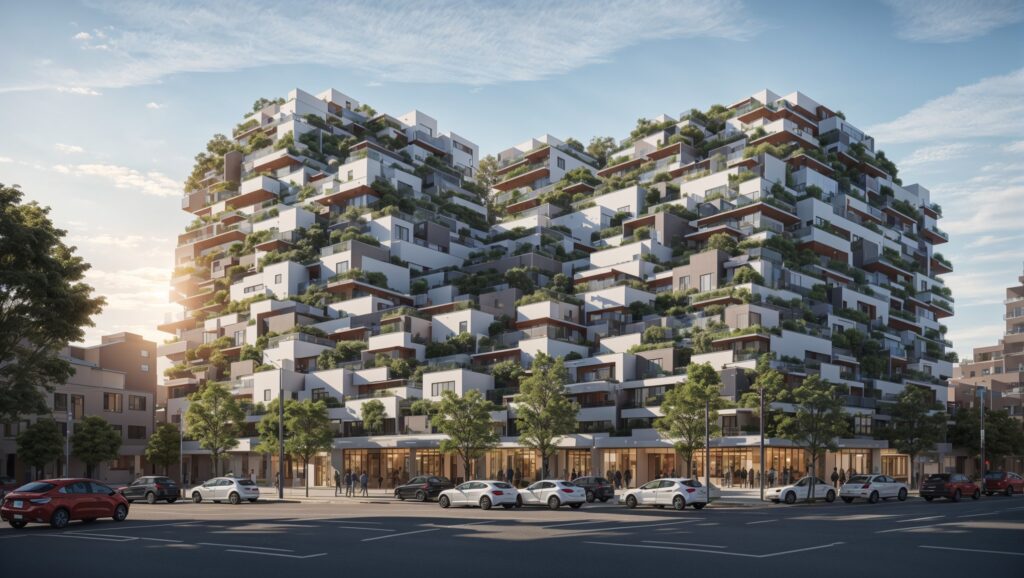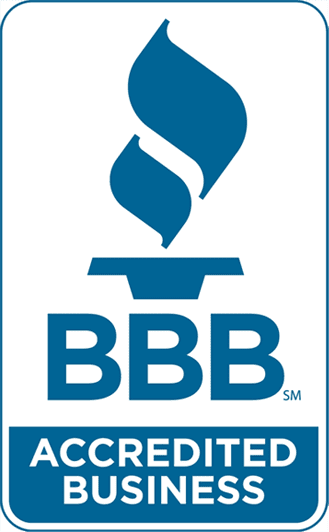What is LEED and why is it important in building design and construction?
LEED certification is an internationally recognized mark of excellence for green building. It sets forth a comprehensive set of criteria that covers various aspects of sustainable design, energy efficiency, water conservation, and indoor environmental quality. The certification process involves a thorough evaluation by a third-party organization to ensure compliance with LEED standards.
Understanding the LEED certification process
The LEED certification process involves several steps. It begins with a project team submitting documentation and information about the building to the USGBC. The USGBC then reviews the project to determine if it meets the requirements for certification. If the project meets all the prerequisites and earns enough points, it will be awarded a LEED rating, ranging from Certified to Platinum.
Benefits of incorporating LEED into building design and construction
LEED-certified buildings offer numerous benefits. They are more energy-efficient, use fewer resources, and have lower operating costs compared to conventional buildings. Additionally, LEED buildings provide healthier indoor environments, which can improve the well-being and productivity of occupants. Moreover, LEED certification enhances the marketability and value of a building, attracting sustainable-minded tenants and investors.
How LEED promotes sustainable building practices
LEED promotes sustainable building practices through its comprehensive rating system. It encourages the use of renewable energy sources, promotes water conservation, advocates for the use of environmentally friendly building materials, and incentivizes innovative design strategies that minimize the impact on the environment. By incorporating these practices, LEED-certified buildings contribute to reducing greenhouse gas emissions and conserving resources.
How does the design and construction process impact LEED certification?
The design and construction process plays a crucial role in achieving LEED certification for a building. Architects, as key stakeholders, have the responsibility of integrating sustainable design principles into their projects. They need to consider factors such as site selection, energy efficiency, water management, and indoor air quality from the early stages of design. By aligning their plans with LEED requirements, architects can significantly impact the environmental performance of a building.
The role of architects in sustainable building design
Architects are instrumental in shaping the future of sustainable building design. They have the expertise to create innovative designs that blend functionality, aesthetics, and sustainability. Architects can utilize strategies such as passive solar design, natural ventilation, daylighting, and green roofs to minimize energy consumption and maximize occupant comfort. Their vision and commitment to sustainability are essential in achieving LEED certification.
Incorporating green building strategies into the design phase
During the design phase, architects and engineers collaborate to incorporate various green building strategies. These strategies can include the use of high-performance building envelopes, efficient HVAC systems, energy-efficient lighting, and water-efficient fixtures. By leveraging these strategies, designers can optimize energy efficiency, reduce water consumption, and create healthier indoor environments, ultimately contributing to LEED certification.
Adopting sustainable construction techniques during the construction phase
Once the design phase is complete, construction managers and workers play a vital role in implementing sustainable construction techniques. They are responsible for ensuring that the building materials and methods align with the project’s sustainability goals. This includes using environmentally friendly building products, minimizing construction waste, and promoting recycling on the construction site. By adhering to LEED requirements throughout the construction process, the project team can increase the chances of achieving LEED certification.
What are some key design strategies for LEED and green building?
To achieve LEED and green building goals, designers need to consider various design strategies. These strategies are aimed at optimizing energy efficiency, utilizing environmentally friendly building materials, and designing for water conservation.
Optimizing energy efficiency through smart design choices
Energy efficiency is a primary focus of LEED and green building. Designers can achieve energy efficiency by incorporating strategies such as passive solar design, efficient insulation, high-performance windows, and energy-efficient lighting systems. These design choices can significantly reduce energy consumption and lower the carbon footprint of a building.
Using environmentally friendly building materials
The selection of building materials has a significant impact on the sustainability of a project. Designers should prioritize the use of environmentally friendly materials such as recycled content, locally sourced materials, and materials with low volatile organic compound (VOC) emissions. Additionally, designers can opt for products with third-party certifications, such as Forest Stewardship Council (FSC) certification for wood products, to ensure responsible sourcing.
Designing for water conservation
Water conservation is another crucial aspect of LEED and green building. Designers can incorporate water-efficient fixtures, rainwater harvesting systems, and graywater recycling to minimize water usage. Additionally, landscape design strategies such as xeriscaping and native plant selection can reduce the need for irrigation and contribute to water conservation efforts.
How does construction management impact LEED and green building projects?
Construction management plays a crucial role in the successful implementation of LEED and green building projects. Construction managers oversee the overall construction process and ensure that the project adheres to LEED requirements.
The role of construction managers in sustainable construction
Construction managers are responsible for coordinating and overseeing the construction activities. They work closely with architects, engineers, and subcontractors to ensure that sustainable construction techniques are employed. They ensure that the construction process aligns with the project’s sustainability goals and that all necessary documentation is prepared for LEED certification.
Ensuring compliance with LEED requirements during construction
Construction managers play a crucial role in ensuring compliance with LEED requirements. They are responsible for monitoring the construction activities, conducting regular inspections, and verifying that the materials used meet the specified sustainability criteria. By closely supervising the construction process, construction managers can address any deviations and make necessary adjustments to keep the project on track for LEED certification.
Addressing construction waste and recycling
Construction generates a significant amount of waste, which can have negative environmental impacts. Construction managers can implement waste management and recycling practices to reduce the amount of waste sent to landfills. This includes segregating materials for recycling, reusing construction waste, and encouraging the use of recycled content in building products. By minimizing construction waste, projects can earn additional points towards LEED certification.
What are the challenges and benefits of incorporating LEED into a new building project?
Incorporating LEED into a new building project comes with its own set of challenges and benefits. It is important to consider these factors when embarking on a LEED-certified project.
Understanding the additional costs associated with LEED certification
One of the main challenges of LEED certification is the additional costs involved. The design and construction processes for LEED projects often require specialized expertise, additional documentation, and the use of higher-cost sustainable materials. However, it is essential to recognize that the initial investment in LEED certification can potentially lead to long-term cost savings through reduced energy and water expenses, as well as improved occupant health and productivity.
The long-term economic and environmental benefits of LEED-certified buildings
Despite the initial costs, LEED-certified buildings offer significant long-term economic and environmental benefits. The energy-efficient features of these buildings result in lower utility bills, reducing operational costs over time. Moreover, LEED certification demonstrates the commitment to sustainability and can attract sustainable-minded tenants and investors. Additionally, LEED buildings contribute to reducing greenhouse gas emissions, conserving resources, and creating healthier environments for occupants.
The importance of a collaborative project team in achieving LEED goals
Successfully achieving LEED certification requires a collaborative effort from all members of the project team. This includes architects, engineers, contractors, and owners working together to meet the stringent requirements set forth by LEED. Effective communication and coordination among team members are crucial to ensure that sustainability goals are met and that all necessary documentation is provided for certification.








